Today, I’d like to explore a question that comes to mind often whenever I get a chance to meet my film and photography heroes.
The other day I was having lunch with a composer friend of mine, and we were trading origin stories the way you do when you are networking. While recounting his story of coming up the ranks working with some of the biggest names in movie scoring today, he happened to mention one of the oddities that stuck out to him. Specifically, it seemed to him that the better the composer was, the older and more ragged their recording setup tended to be. Not to the point of being ineffective, obviously. These masters were still pumping out beautiful melody after beautiful melody. It’s just that they saw very little value in spending money or effort on equipment when they could be spending that time writing music.
As he recounted his story, the theme struck home. I’m not a musician. I can neither sing, dance, nor play a musical instrument. But I am fortunate enough to have very well-established mentors in both the filmmaking and photography community, and one of the things they seem to all have in common is a surprisingly genuine lack of knowledge about the newest technology. That’s not to say they don’t like to chat gear. All photo- and film-oriented people have at least some level of gear lust. But I’m always amused when they start talking about some new camera they just heard about, which I, as someone who writes for Fstoppers, realize is a camera that came out five years ago and has since been replaced by two newer models. Or they’ll be super excited about a camera feature they just heard about but be thoroughly unaware that cameras have been able to do that for the last three generations.
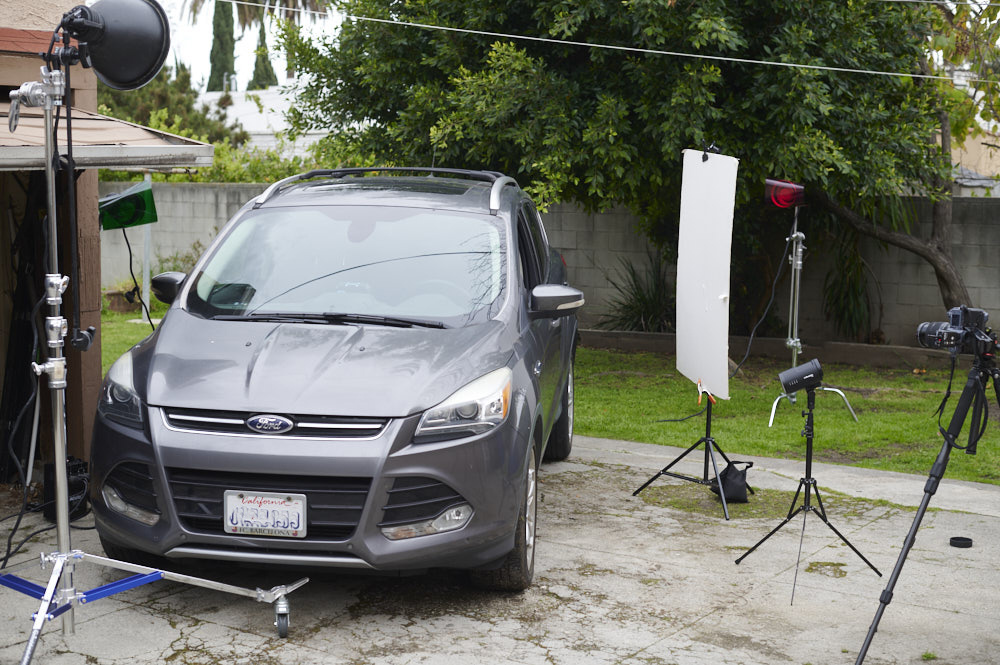
Now, to be fair, the people I’m talking about are in a position, in many cases, to have teams that worry about their gear for them by this point. But beyond that, there is a greater philosophy at work that has helped change my thinking over the years. When you are a professional, your job is to create the best art on behalf of your clients that you can muster. Your job is not to buy equipment. Should client demands or your own artistic ambitions require you to upgrade to access a specific function you absolutely cannot fulfill with your current equipment, then, by all means, do some shopping. But your clients are hiring you for how you see the world, not because of your ability to use a credit card and buy the latest gear.
So really, it should come as no surprise that I come across so many masters of their craft that couldn’t tell the difference between this year’s model and the one from a decade ago. It’s not a sign of lack of interest. Rather, it’s a signal that those artists have correctly identified the role of gear in the process of creating art. It’s a tool—nothing else. It doesn’t define who you are as an artist. It doesn’t determine whether your art is good or bad. It is simply a means to an end.
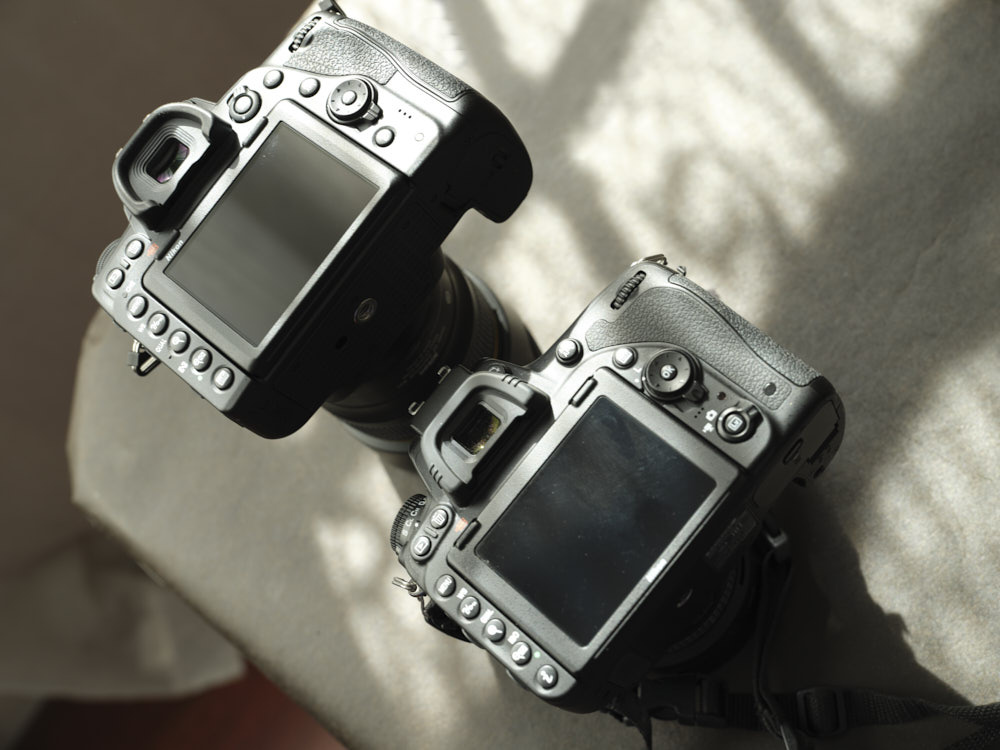
Now, I know that many reading this article will find that advice infuriating. Marketers have done a brilliant job of talking us into thinking that we are defined by the logo emblazoned on the front of our kit. Just look at the comment sections under any article or video proclaiming that this camera or that one is the best. People take to the defense of their brand of choice as if it were a blood feud and their side is the only one with a rightful claim to the throne. But I’m not here to tell you that one particular brand is overvalued versus another. Rather, my gripe is with the entire belief that gear determines your destiny.
I speak from experience. When I look back at my professional career, I have very few regrets. I set a plan in the beginning, and I’ve found the discipline to follow it. I’ve tried to do my best to pivot with the ebbs and flows of the industry while staying true to my artistic voice. I’ve made some mistakes. A lot of them, in fact. But all in all, the choices I’ve made—even the bad ones—have all been ones that I can accept.
My biggest regret, however, is that I have spent way too much time and way, way, way too much money on buying (and thinking about buying) new equipment. This is not to say that I regret any specific purchase. There are some specific ones I regret, which those who read me regularly might know but that I won’t recount here. Instead, I regret not understanding sooner the negative impact focusing too much on gear could have on my business.
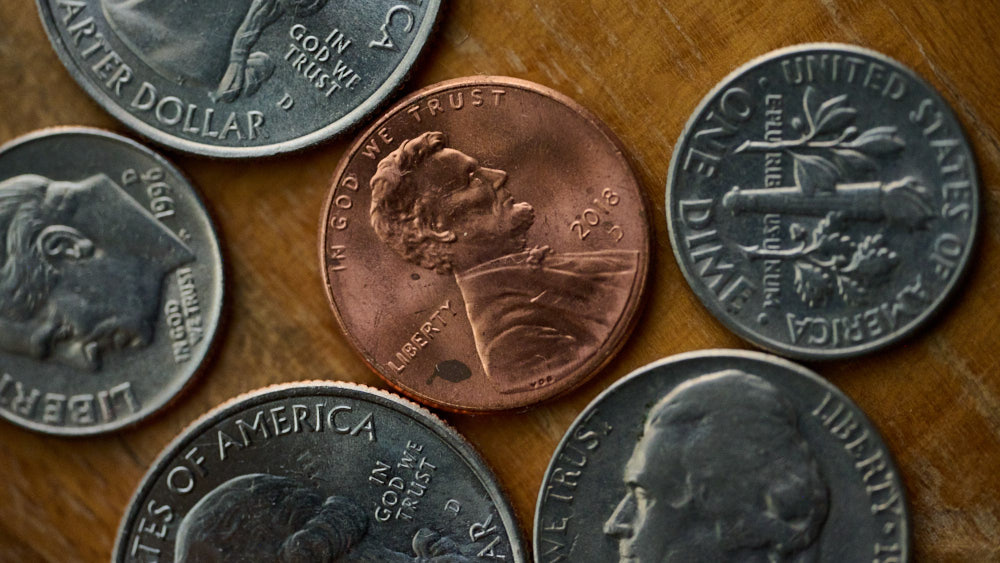
There’s the financial impact, of course. Math is math. And the more you spend, the less profit you make. Profit equals revenue minus expenses. And you can literally spend your way out of business, even if you do have an impressive client list. So keeping your expenses low, especially as an independent artist, is crucial to being able to stay in business long term. Pissing away money on new gear might make you the most popular person in your photographer friend group, but the vast majority of it is little more than a temporary ego boost. Again, that’s not to say that every purchase I’ve made has filled me with regret. But rather, in the grand scheme of things, the only purchases that I would still remake in hindsight are the ones that could truly be deemed “investments.”
There’s a definite difference between an investment and a purchase. Let me explain. Webster defines an investment as “the outlay of money, typically for income or profit.” In other words, you are spending money to make money. So any gear investments should be made directly by asking the question of whether this tool is going to make me money. What will be the net impact financially? Will the amount of money I generate with the tool exceed the cost of obtaining it?
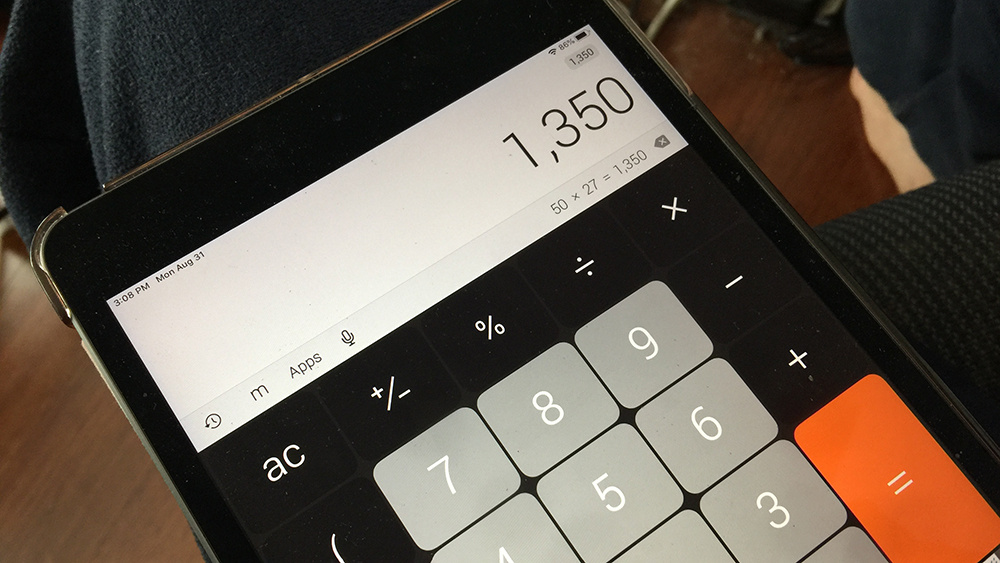
Of course, even this easy-to-understand rule of thumb can be manipulated in our own head when we really want something and try to convince ourselves that we need it. Think of how many times you’ve bought a new camera with a feature you don’t currently use but convince yourself that you would use it if you only had it. Then, once you get the new camera with the new feature, you continue to do things in the old ways using the old features anyway. So now you may have objectively upgraded your gear, but you have in no way upgraded your art. All you have accomplished is to spend more money and reduce your profit margin. By the way, I say “you,” but I’ve made this mistake so many times that I should really be saying “me.”
An easy way to get around that is a new rule that I’ve taken on board over time: wait until you have at least three jobs that require that new camera feature. Jobs that literally cannot be serviced using your current equipment. Rent the new gear during those first three jobs, if necessary. But don’t make any purchases yet. Once you’ve had three jobs that absolutely require that new feature (or have signed contracts for three upcoming jobs requiring it), then it probably makes sense to invest in the new equipment. It’s proven itself to be a feature you need (as opposed to just want). And you have proven that you can charge for the service provided by having that feature. Those first three jobs might even prepay for the new equipment rather than you putting it on your credit card in hopes jobs will come along where the feature will be needed.
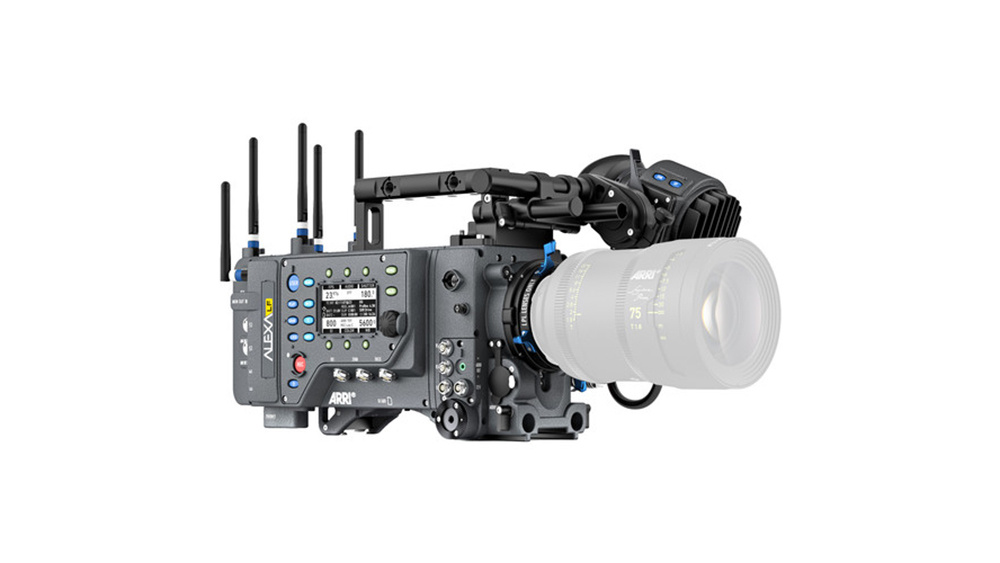
Another solid way to assess whether an investment will be profitable is whether or not you plan to rent out your gear. I have a number of cinematographer friends who have invested massive sums of money into top-flight cinema cameras—the best money can buy. But if you are going to make that into an investment rather than just a vanity purchase, you need to figure out how you are going to recoup those costs. In the case of my friends, that recoupment usually comes in the form of gear rentals. Some will list their gear on sites like ShareGrid and rent directly to other filmmakers. Those rental fees help them recoup the upfront costs of the equipment while still having the gear available for their own use.
Some friends will make a gear purchase but then have the gear itself live on consignment at a formal rental house. Essentially, the rental house rents out your gear for you, takes care of it as if it were their own, and you get a percentage. But, similarly to ShareGrid, you still get to access your own gear when necessary.
Of course, if you are working enough, you can rent your own gear to your own productions as a part of your overall bid. There are a million and one ways to work it. But the point is that you need to take a moment to figure out how you are going to directly recoup the money you spend up front. That’s the difference between an investment and a purchase. It also helps to explain why so many established artists spend so little money on upgrading gear. If it’s not going to add to the bottom line, then it's likely not a smart investment.
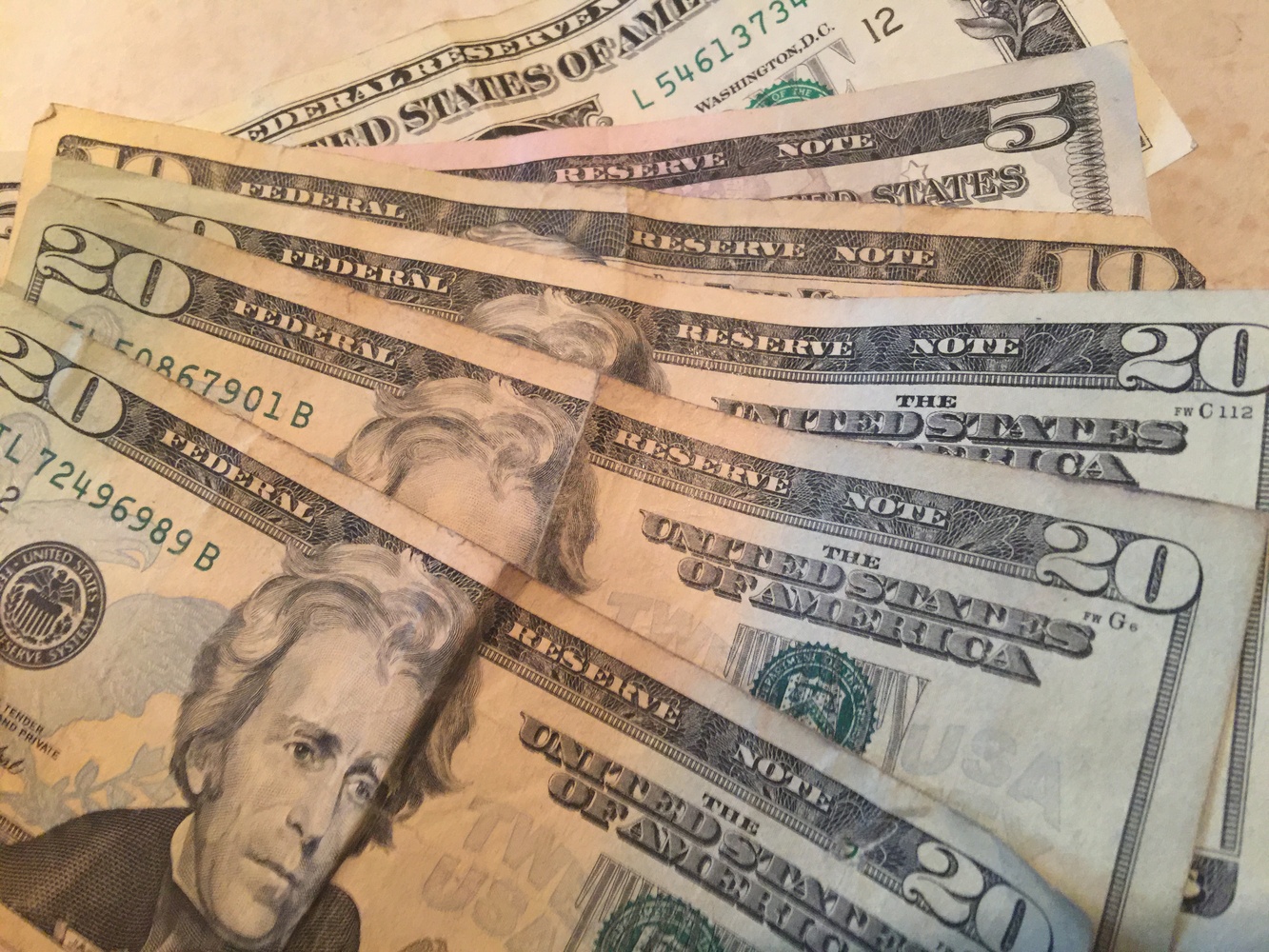
Now, it should be mentioned that there can be investments that don’t have such a clear financial return that can still be worth the money. Take, for example, purchasing a faster computer that objectively cuts your exporting time in half. Time is money. So there could be a quantitative increase in your productivity by purchasing a new computer. Or, for instance, a couple of years ago I bought two very massive and very expensive crank stands for my movie lights. Yes, I can rent these to my own productions and recoup as part of the bid. But the real benefit was that I tore my rotator cuff a couple of years ago, and lifting light stands is not nearly as much fun as it used to be. So for me, having a crank stand to get my lights elevated without incurring more medical bills from the physical therapist is worth every penny. So it is possible to “profit” in other ways besides money in/money out. But you can still think about new gear acquisitions through the same lens. What am I getting versus what am I spending?
Now, I know a lot of you reading this may not be working professionals and thus feel this advice doesn’t apply to you. And that’s fair. If photography is merely a hobby, then by all means, whip out your credit card whenever your budget allows. But for those professionals out there, it is worth it to remind ourselves that being a “pro” means that you are running a business. Every penny saved is another penny to keep your business alive through the lean months, to provide fiscal investments when your business needs to grow, or to give you the necessary capital required to take a chance on a new venture.
The reason all those master artists I mentioned earlier in the essay spend so little time worrying about having the latest and greatest equipment isn’t because they aren’t serious about their art. It’s because they are too busy building and sustaining successful careers.
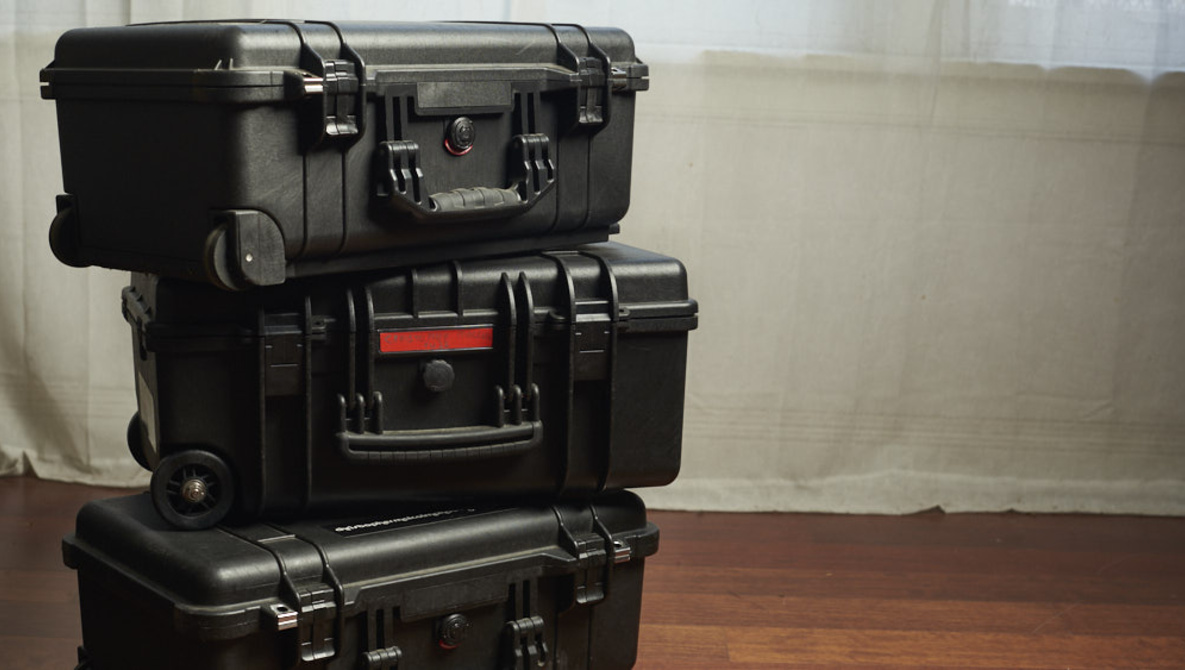






You are so right! Some photographers whom I know or have seen on zoom talks and are very much on the artistic/creative/original side, barely refer to the equipment they use. If they do it is in passing and they are far more concerned with the theme or project they are working on. Indeed, I have heard them talk on occasion of the wonders of the Holga camera - price about $60. They do not rush out to buy the latest gizmo on the shelves, which is more the incessant chatter in photographic clubs.
Fine article. Great points. Thanks! However, these photographers you describe really are deeply involved in the maintenance, upgrades and investment of their advanced photographic equipment.
But that advanced photographic equipment is ... the gray matter between the left ear and the right ear. Their artistic vision. Their ability to recognize and arrange an artistic scene and capture it for their portfolios and clients. They know which tool is most important. Again, thanks.
It's the same in a lot of sports. Some people spend a lot of time thinking about the best equipment while others focus on the actual activity and less on equipment. There are a lot of $10000 bikes that never get used.
I knew a guy who had a fantastic eye for landscapes but barely knew how ISO or aperture work. He would shoot mostly with the same settings but his compositions and timing were phenomenal.
Well said, and I am glad it's someone saying it that isn't me. i began wondering if I am just a lone voice crying the the wilderness, so to speak. My preferred cameras and lenses are very similar to the ones used by Edward Weston, Paul Strand, that AA guy and his cohorts. When I am working I don't want to be fiddling with the controls of some brand new Whizbang camera. I want to be creating, so I seek out the simplest solution to any problem. The other side of this for me is that this is a business, even if it is a very fulfilling business, notice I did not say fun - thought it might be at times a lot of fun. And as a business it's unwise to accumulate a lot of "junk", so cameras, lenses etc. have to meet certain criteria. Will this new tool/toy empower me to meet the needs of my clients, or myself, more effectively. Will it allow me to be more expressive in my work. Next, any cameras, lenses gadgets etc that I might have that haven't been used in the last six months get sold, or given to someone that will use them. The object isn't the accumulation of a bunch of camera junk filling closets and collecting dust. So if they aren't being used, they get sold.
We should spend our time developing the software given us by God at birth. That software will hold us in good stead no matter what new software/hardware comes along.
Correct. And the same goes for the amount of equipment to have. It's not about being a penny pincher trying to make two gadgets far apart to meet to accomplish one specific shot: it's about knowing each gadget's potentials and limitations and flexing one self accordingly and safely to get the shot. Of course, if safely is at risk, rent or get the needed gadget.
I’m friends with quite a few high end pros in various creative fields and I’d say….yes and no.
They have less interest in the latest and greatest gear, but most of the stuff they have is still very very very good and is the right gear for the job/situation. They’ll purchase stuff if it fills a gap for them.
My professional guitarist friend has a crap ton of guitars and pedals and stuff, but the overwhelming majority of the time they play the same beat up Gibson Les Paul. It is what her signature sound is based off and most of the pedals she has are on the old side.
One of my pro photographer friends has a ton of cameras, but they all fill a specific niche. He knows most of the new models coming out, but for his workflow that isn’t necessarily what he needs. He’s shot multiple major ad campaigns on film cameras from the 70s and 80s, for example.
My friend with the recording studio build her studio with lots of “retro” equipment, except where something else was needed. It was professional grade and super high end when it came out, but was much more affordable now. She was trying to attract a certain type of musician and built her studio accordingly. She def knows a lot of the new high end stuff coming out in her field, but she doesn’t sweat it doesn’t provide features she needs.
My fine art friends, I mean…they just use whatever their chosen medium. They have their favorite paints and whatnot and that is what they tend to stick with.
Even with me (I’m not a professional, but if I wanted to take a big pay-cut I probably could be), my most complimented photos that people share tend to be from my old cameras. They are usually pro level at the time, but are dirt cheap now. The main exception to this is with sports photography where my newer gear makes life so much easier for me, but I still don’t have the NEW new and don’t really feel the pull to upgrade because what I’m getting is great.
To some degree, photography is an intersection of science/technology and artistic creation. I’ll occasionally shoot concerts in dark venues with film because I’m a maniac, but all of my friends doing it for a full time gig have switched to the best full frame camera and lenses they can afford and wouldn’t dream of using film unless the artist requested it (a huge chunk of my photos are basically throwaways and it gets pretty spendy).
TL;DNR: It is all about the right tool for the job. If you already have the right tool and everybody is happy with the results, it is silly upgrade. Most modern cameras are capable of more than any of us have the capacity to fully utilize.
I meet a lot of wildlife photographers out in the field while shooting, some extremely successful and well-known, and many not well known or particularly successful.
The real successful ones are the ones who talk about the species we're photographing, or the various compositional options that we have available to us, or about the light. The ones who are really interested in talking about cameras and lenses, and who ask me lots and lots of questions about the gear I am using, are NEVER very good photographers.